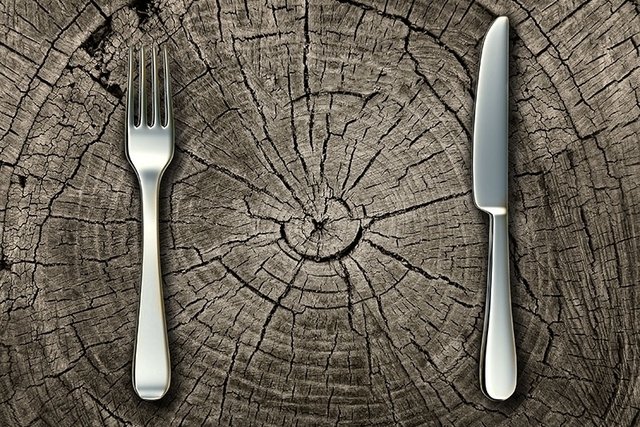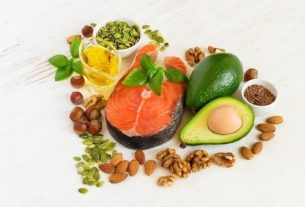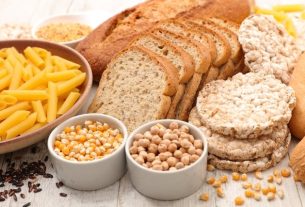Starvation is the complete lack of food consumption and this is a serious situation that quickly leads the body to consume its energy stores and nutrients to keep the organs functioning.
If the refusal to eat continues for many days, there is a large loss of muscle mass and the individual may die within a period of between 4 and 7 weeks of total absence of food.
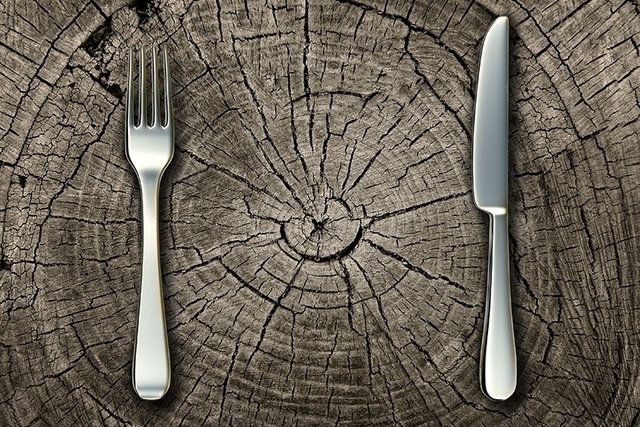
Symptoms of Starvation
A complete lack of food causes symptoms that appear gradually and worsen over the days, the main ones being:
- Reduction of the belly, the main region of the body that stores fat;
- Cold, dry, pale, thin and inelastic skin;
- Reduction of musculature and aged appearance;
- Protruding bones due to thinness;
- Dry, brittle hair that falls out easily;
An adult can lose up to half their weight before dying from starvation, while children can become even thinner.
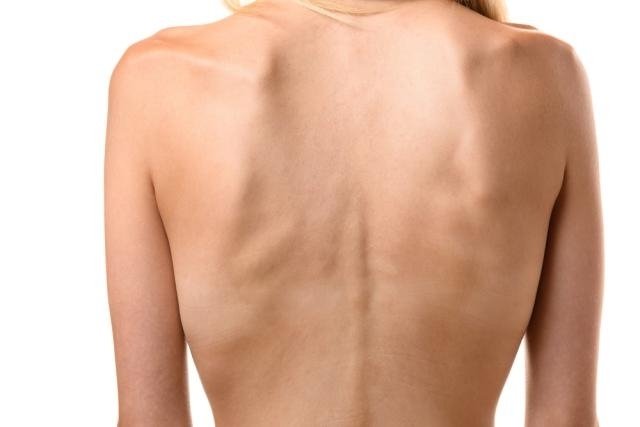
Causes of Starvation
Starvation can be caused by refusal to eat or due to a total lack of food, in addition to health problems such as anorexia nervosa, intestinal cancer that prevents eating, other types of cancer in an advanced stage, causing the patient to not be able to eat. feed more, or in cases of stroke or coma.
Starvation occurs even when water is still consumed, but it becomes even more serious when the individual is also unable to maintain good hydration. See how much water you should drink per day.
How to deal with
Starvation is treated by gradually resuming food, as after long periods without food, the intestine atrophies and the body may not tolerate large volumes of nutrients, worsening its health status.
Therefore, you should start your diet with small volumes of liquids such as juices, teas with sugar and thin broths. After 2 to 3 days, if the individual is tolerating liquids well, they can switch to a soft diet, made up of soups, purees, lean cooked meats and shaved fruits. As the body begins to function better, the diet will also evolve until returning to normal food consumption.
In some cases, it may be necessary to use a nasogastric tube to promote the supply of nutrients or, in more serious cases, parenteral nutrition may be offered, which is done through a nutritional serum placed directly into the vein.
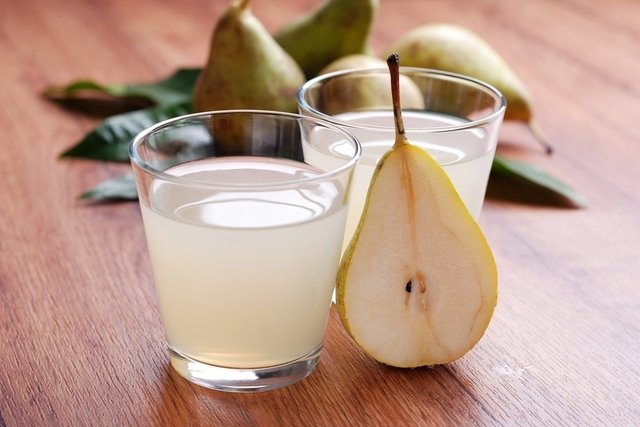
Difference Between Starvation and Malnutrition
While starvation is the complete absence of food consumption, malnutrition occurs when there is still food consumption, but it is insufficient to maintain weight and the proper functioning of the body.
Furthermore, starvation leads to death within a few weeks, while malnutrition does not always cause death, with sequelae such as short stature, weak bones, learning deficits and low immunity being more common. See more about the risks of malnutrition.

Sign up for our newsletter and stay up to date with exclusive news
that can transform your routine!
Warning: Undefined array key "title" in /home/storelat/public_html/wp-content/plugins/link-whisper-premium/templates/frontend/related-posts.php on line 12
Warning: Undefined array key "title_tag" in /home/storelat/public_html/wp-content/plugins/link-whisper-premium/templates/frontend/related-posts.php on line 13

